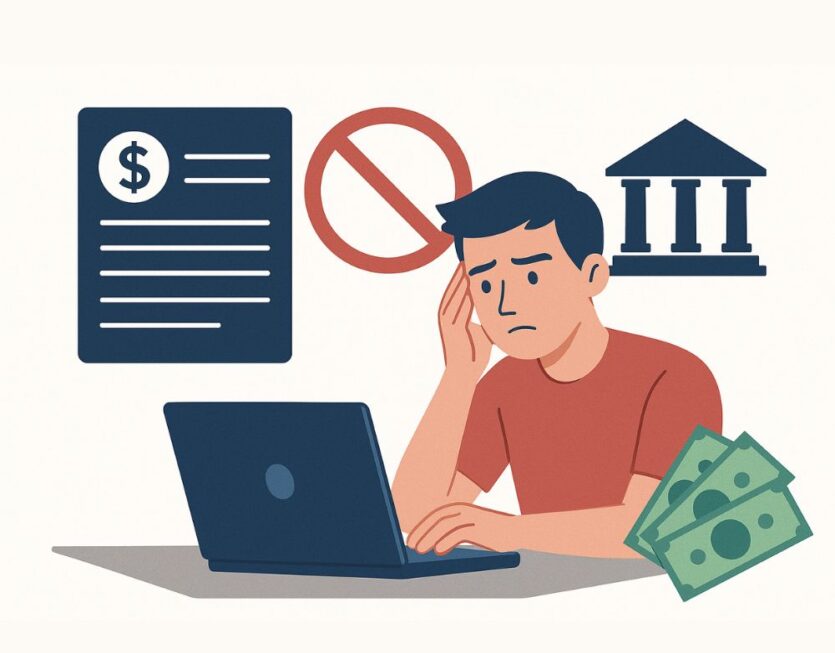CreditGuard : Loan Default Prediction Using Supervised Learning
Project Overview
In this project, students built a classification model to predict whether a loan applicant is likely to default. Using historical financial data, they applied supervised learning techniques to assess credit risk and support better lending decisions.
Objective
To develop a machine learning model that can classify borrowers as “likely to default” or “not likely to default” using labeled loan data.
Key Skills Applied
- Data Cleaning & Preprocessing
- Feature Selection & Engineering
- Supervised Classification (Logistic Regression, Random Forest, Decision Trees)
- Model Evaluation (Confusion Matrix, ROC Curve, Precision-Recall)
Tools & Libraries Used
Python, Pandas, NumPy, Scikit-learn, Matplotlib, Seaborn
Learning Outcomes
- Learned to work with financial datasets with sensitive and imbalanced data
- Applied classification models to solve real-world credit risk problems
- Understood business impact of false positives vs. false negatives in lending
- Practiced cross-validation and model tuning for better generalization
Result
Achieved [e.g., 88% accuracy] using Random Forest and gained insights into key features affecting loan default probability, such as income, credit score, and loan purpose.


